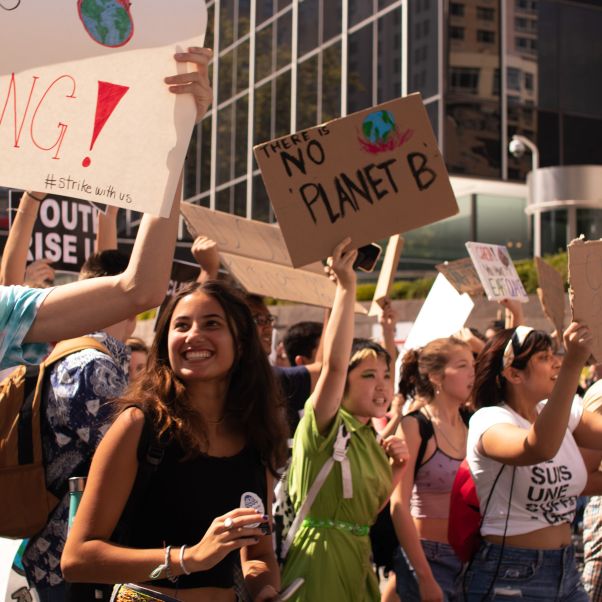OHCHR and the right of peaceful assembly

About the right of peaceful assembly
Everyone has the right to freedom of peaceful assembly. The right of peaceful assembly includes the right to hold meetings, sit-ins, strikes, rallies, events or protests, both offline and online. It serves as a vehicle for the exercise of many other rights guaranteed under international law, with which it is linked intrinsically and that form the basis for participating in peaceful protests. In particular this concerns the rights to freedom of expression and to take part in the conduct of public affairs.
OHCHR’s work on the right of peaceful assembly
OHCHR has a mandate to promote and protect the right of peaceful assembly.
This means:
- Monitoring, reporting and conducting advocacy regarding measures taken for the management of protests, including examining the impact of use of force and human rights violations in State responses;
- Working on early warning and prevention of violations of the right and regarding economic, social and cultural rights underlying protests;
- Engaging in dialogue with Governments and civil society, including protestors and law enforcement officials, and providing technical assistance to:
- Seek to prevent and address the human rights violations occurred in the context of protests and ensure accountability; and
- Encourage national authorities to address the root causes of protests, for example by encouraging dialogue and enhancing a participatory approach to decision-making.
- In some countries, OHCHR has also been involved in protection, including by its presence, at demonstrations or by following up on cases of individuals arrested in relation to protests, detained and sometimes ill-treated.
Key documents
General Comment No. 37 by the UN Human Rights Committee
This document, adopted on 27 July 2020, gives a comprehensive overview on the right of peaceful assembly, outlining the responsibilities of states in ensuring the right as well as providing guidance for protest organizers.
Guidelines on the use of less lethal weapons
The document, issued in July 2020 by OHCHR, provides clear guidance on the use of less lethal weapons, including in the context of the policing of assemblies.
Guidelines for States on the right to participate in public affairs
The guidelines, prepared by OHCHR and adopted by the Human Rights Council in 2018 through resolution 39/11, provide practical guidance on the implementation of the right to participate in public affairs and stress people have a right to express their grievances and concerns, including through peaceful protests.
Latest reports
Videos
29 September 2021
Panel discussion on the promotion and protection of human rights in the context of peaceful protests
Watch on UN web TV
25 June 2020
New technologies must serve, not hinder, right to peaceful protest. Press conference with Piggy Hicks UN Human Rights, Director of Thematic Engagement and Mona Rishmawi UN Human Rights Chief of Rule of Law Branch
Watch on Vimeo